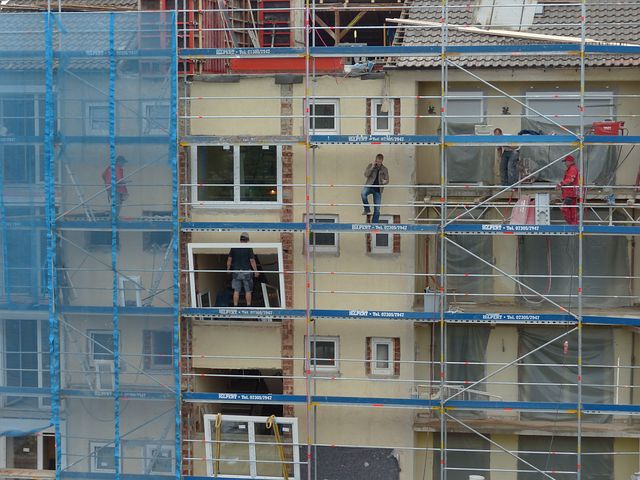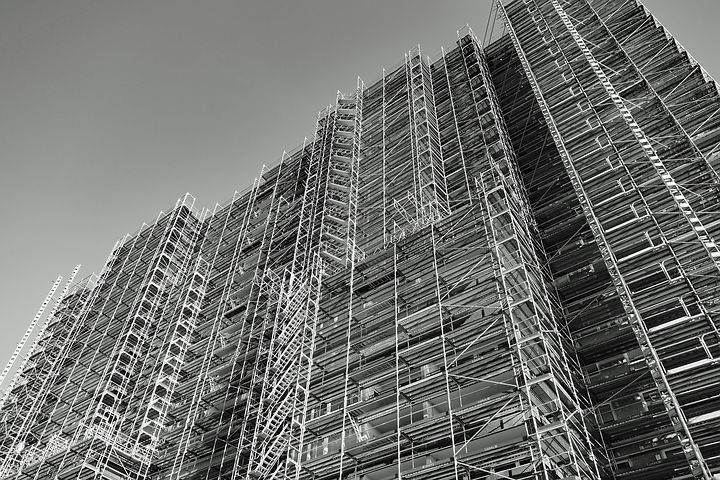
A Guide to Managing Scaffold Risks in the Workplace
Many businesses require the use of a scaffold in order to carry out safe and effective construction and maintenance work. Use of the structures comes with a range of health and safety risks which must be effectively managed by implementing good practices and control measures.
This article will outline how to minimise the risk of scaffold-related harm in the workplace. It is appropriate for anyone who owns or will be using, lending, storing or managing the structures.
What a scaffold is

It is a temporary structure which is assembled in order to grant workers access to a sturdy working platform, often at great heights. It is generally used during elevated maintenance and construction work. It is made up of a range of components, including couplers and frames. It should only be assembled, used and deconstructed by a person who possesses a relevant licence to work with it, as it is potentially dangerous to use.
People with legal duties
Virtually all people involved in the workplace possess specific legal duties in relation to using a scaffold. Some of these include:
Directors or supervisors
Those in charge of overseeing scaffold-related work hold a legal responsibility to make sure the project abides by required regulations. Tasks may include ensuring that the project utilises the appropriate measures necessary to minimise risks.
Those conducting an undertaking or business
The legal entity responsible for the business or undertaking must make sure that all people involved in the project are, as much as possible, not placed in any danger as a result of safety or health risks.
People constructing and dismantling
Anyone involved in the assembly and disassembly of the structure must ensure all activity is done while minimising risk to health and safety.
Designers, importers and suppliers
All people involved in the production, importation and supply of a scaffold should ensure the structure doesn’t pose a risk to safety or health. They should test, assess and report information on the structure’s integrity to everyone involved.
Workers
Workers should abide by safe practices and policies throughout their work and avoid detrimentally impacting the safety or health of others.
Ways to reduce risk
Do the following in order to reduce the risk of health and safety issues.
Determine hazards
Before starting work, the workplace environment should be assessed in order to determine if there will be any potential hazards, such as interaction with other buildings or roads, or poor ground quality. Any scaffold being used should be inspected before and after installation.
Assess risks
A risk assessment will help you figure out the likelihood that someone may be hurt and how bad the harm would be. It can help you determine what actions to take in order to reduce these risks and help you figure out how urgent those actions are.
Use control measures
You should ensure you do everything within reason to minimise risks. Each risk should be placed in a hierarchy from most urgent to least urgent and it should be decided whether each risk can be totally eliminated or not (e.g. by operating at ground level). If it cannot be eliminated then control measures, such as isolation, should be implemented.
Review control measures
After putting control measures in place, they should be checked and reviewed regularly to make sure they are still operating as expected. This helps ensure the structure is safe and effective throughout the duration of the project.
Conclusion
Working with a scaffold can be risky. To minimise health and safety risks it is important to implement effective control measures and to abide by good practices.

